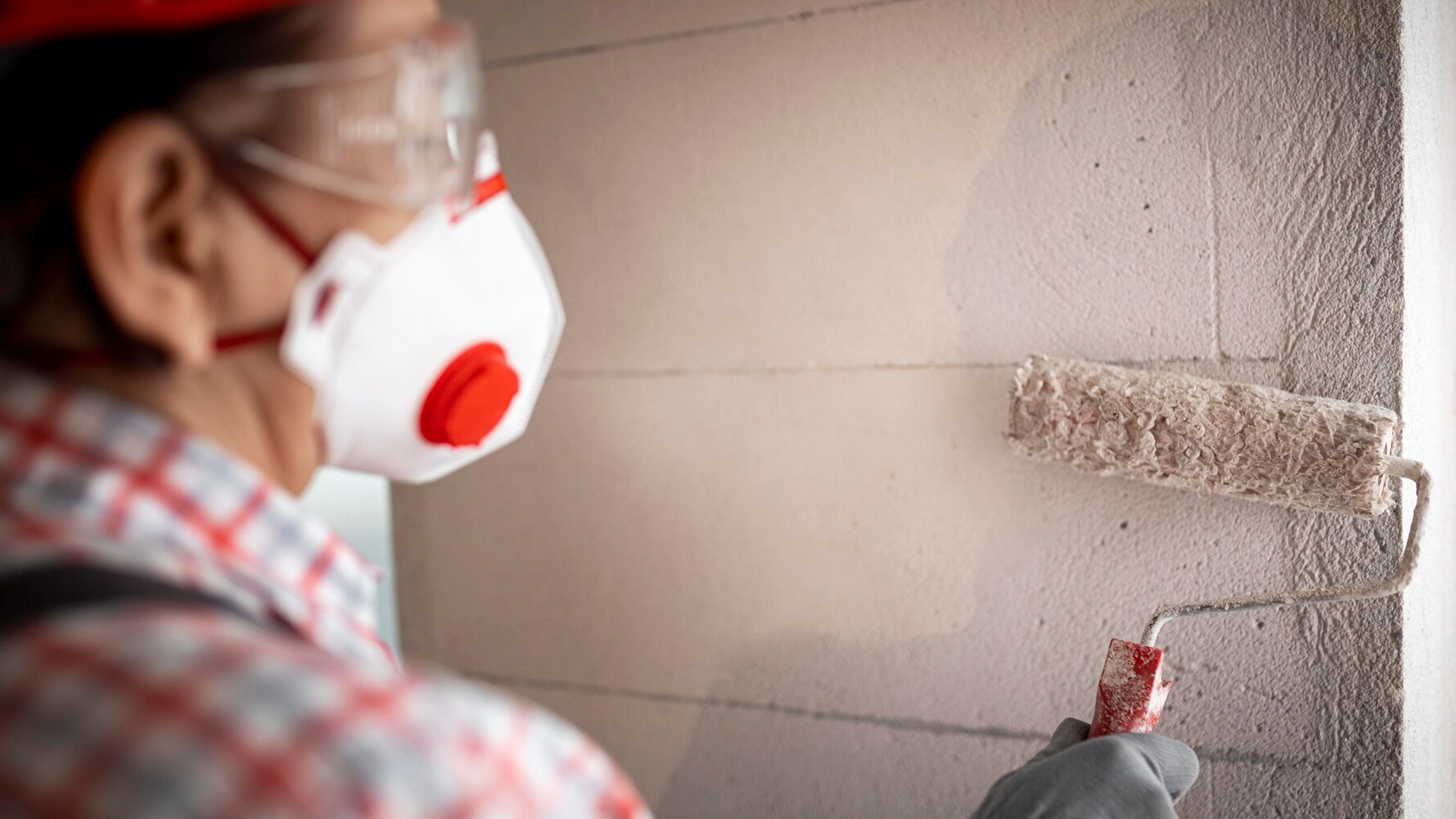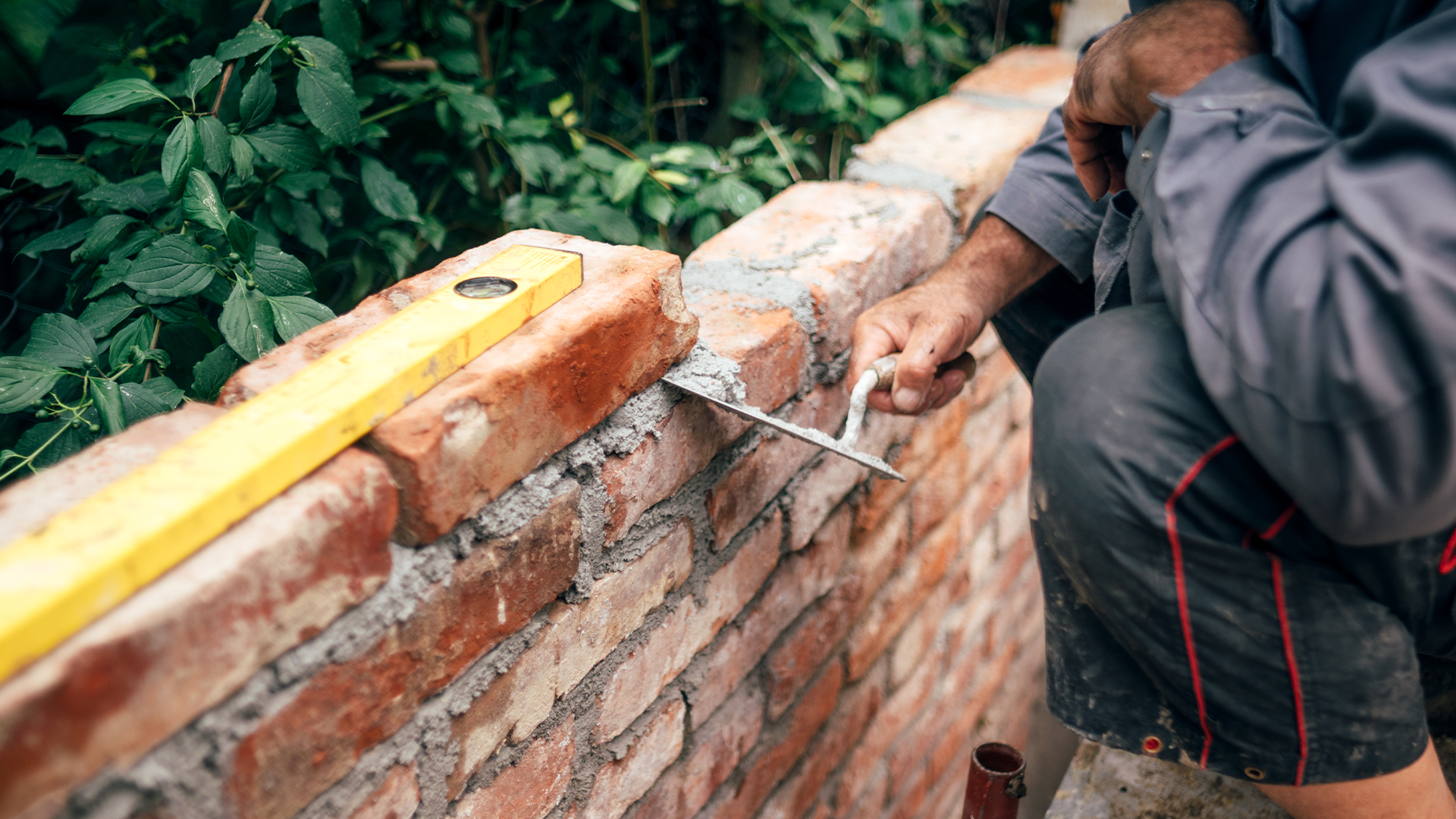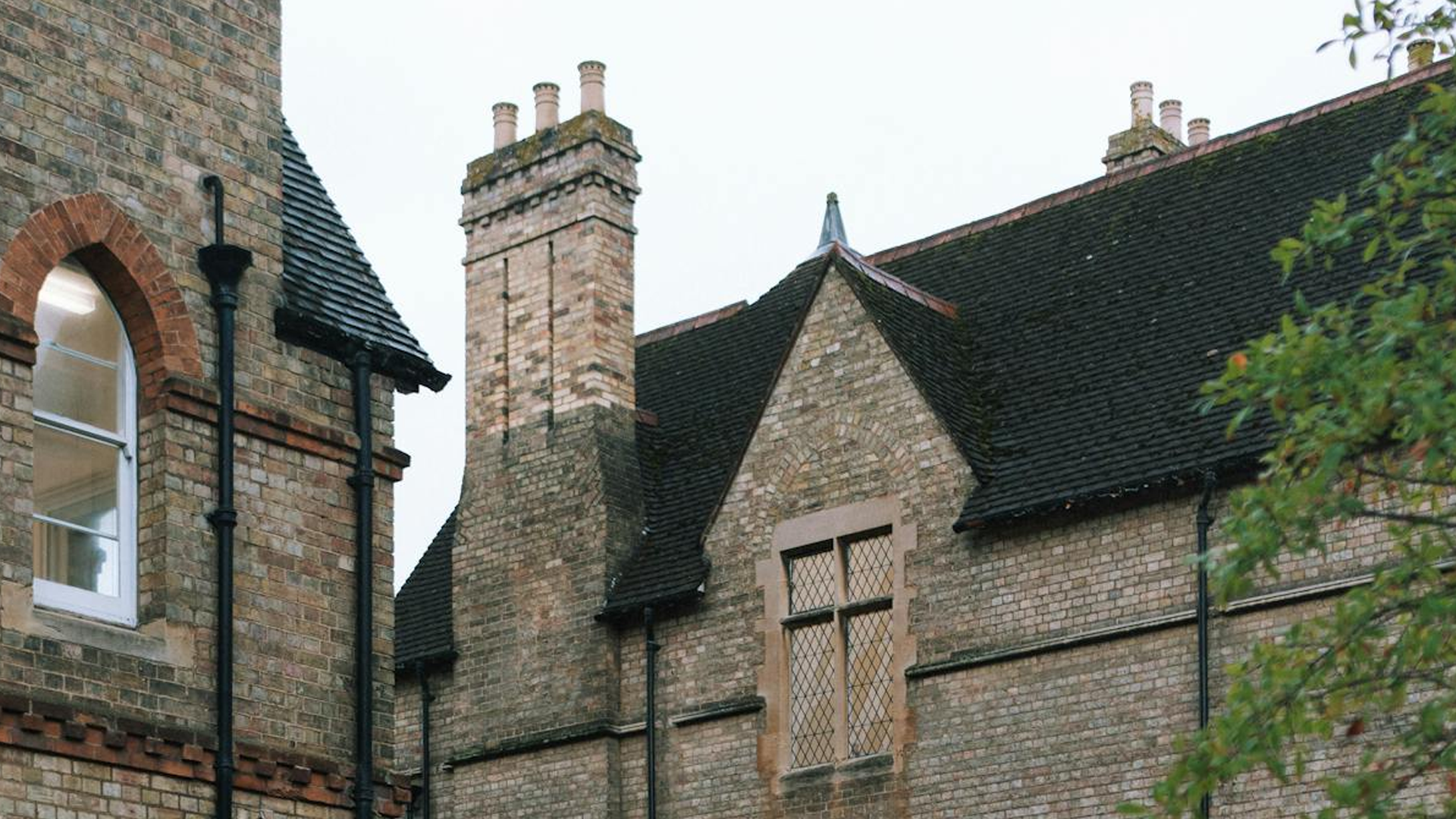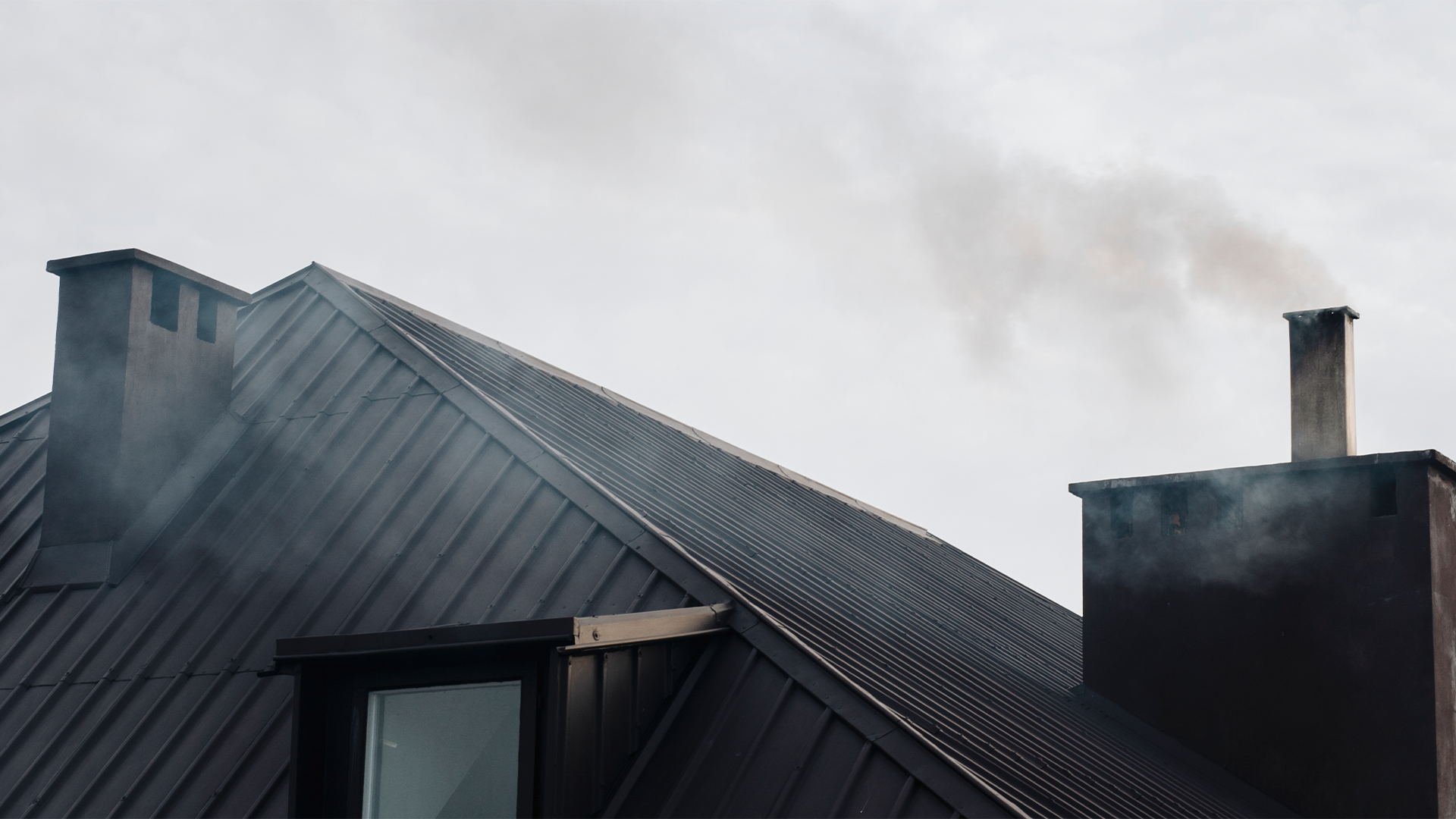Understanding the Science of Wall Painting: How UK Weather Conditions Impact Your Paint’s Longevity
Most homeowners find themselves contemplating the colour palette or the style when considering a new coat of paint for their house exterior. However, the science of wall painting, particularly how it interacts with weather conditions, is frequently overlooked. This fascinating topic not only unveils the intricacies of how paint is affected by the weather but also informs us on how to maximise the lifespan of our exterior paintwork in the unpredictable UK climate.
Understanding the science behind wall painting can have practical implications for homeowners. It helps you understand why certain issues occur with your exterior paint and how different weather conditions can accelerate or cause these problems. For example, have you ever wondered why your paint might be peeling off or why it fades over time? The answers lie in the science of wall painting and the impacts of weather conditions.
Weather conditions, particularly in the UK, with its fair share of rainfall, high humidity, and fluctuating temperatures, play a significant role in the longevity of your exterior paint. Each weather factor can influence how the paint applies, dries, and weathers over time, contributing to the overall appearance and lifespan of your exterior finish.
In this article, we’ll dive into this science, shedding light on the effects of different weather conditions on exterior wall paint, and how services like All Weather Coating can help mitigate these issues. Armed with this knowledge, you can make informed decisions about your home’s exterior upkeep, ensuring your paint job looks its best for as long as possible. By understanding and respecting the science of wall painting, you can truly work in harmony with the UK’s weather conditions, rather than fighting against them.
The Basics of Paint Composition
Understanding the science of wall painting begins with the fundamentals: the composition of paint itself. While it’s easy to pick up a can of paint and apply it to a wall without a second thought, the reality is that each can of paint is the result of careful formulation. It contains a mixture of several ingredients, each with a specific purpose.
The three primary components of paint are the pigment, binder, and solvent. The pigment is what gives the paint its colour. It’s often a powdered substance that’s mixed into the paint, providing it with the vibrant hues we see when we apply it to our walls.
The binder, sometimes called the vehicle, is what holds the pigment in place once the paint dries. It’s the binder that forms the protective coating on your wall, adhering the pigment to the surface and ensuring the colour stays in place.
The solvent, on the other hand, is there to make the paint workable. In its base state, paint is a thick and unworkable substance. The solvent dilutes this mixture, transforming it into the liquid form that we’re all familiar with. When you apply the paint, the solvent begins to evaporate, allowing the binder and pigment to form that protective layer.
Understanding this composition is vital when considering how weather conditions impact paint. Different environmental factors can influence each of these components in distinct ways, affecting the overall finish and longevity of your exterior paintwork. In the subsequent sections, we’ll delve into how weather conditions interact with these ingredients, shaping our approach to exterior wall painting in the UK.
The Impact of Temperature on Paint
Temperature plays a significant role in how well paint applies and dries, affecting the overall look and longevity of the exterior finish. Both extremely cold and hot temperatures can pose challenges to paintwork.
Cold Weather Painting
In colder conditions, paint can thicken, making it harder to achieve a smooth application. This increased viscosity can affect the finish, leading to an uneven appearance once dried. Furthermore, the cold temperatures can impede proper drying, potentially resulting in cracking when the paint finally dries.
Hot Weather Painting
On the other side of the temperature spectrum, hot weather presents a different set of challenges for paint. High temperatures can cause paint to dry too quickly, leading to overlap marks from the paintbrush or roller. Additionally, heat can thin the paint, often requiring additional coats to achieve the desired coverage and finish.
The Impact of Humidity on Paint
Humidity, a common feature of UK weather, significantly influences paint’s drying process. High levels of moisture in the air can cause issues, particularly with water-based paints.
When the air is excessively humid, these paints can struggle to dry. This prolonged drying time can cause runs and sags in the paintwork, leading to a poor-quality finish. Over time, the constant exposure to high humidity can result in the paint peeling or blistering.
Wind’s Role in Wall Painting
Wind, though seemingly harmless, can be an enemy to a perfect paint job. It carries dust and debris, which can adhere to wet paint, ruining the desired smooth finish. Furthermore, strong winds can accelerate the drying process, akin to high temperatures, resulting in an uneven finish.
Ensuring Longevity with All Weather Coating
All Weather Coating services can mitigate these weather-related paint issues. We understand the science of wall painting and the effects of the UK’s unpredictable weather conditions on your exterior paint’s longevity. Our exterior wall coating and weatherproofing services offer a durable, attractive solution.
We utilise a range of high-quality paints and coatings specifically designed to withstand the UK weather’s challenges. Our treatments offer a flexible, breathable finish, accommodating natural wall movement and reducing the likelihood of cracking. They’re also resistant to mould, algae, and dirt, resulting in a lower maintenance exterior.
Conclusion
In conclusion, the science of wall painting is indeed influenced by various environmental factors, with UK weather conditions playing a significant role. With a clear understanding of these interactions, homeowners can better prepare and protect their exterior paintwork. By utilising services like All Weather Coating, you can ensure your home maintains its aesthetic appeal, regardless of what the British weather has in store.









